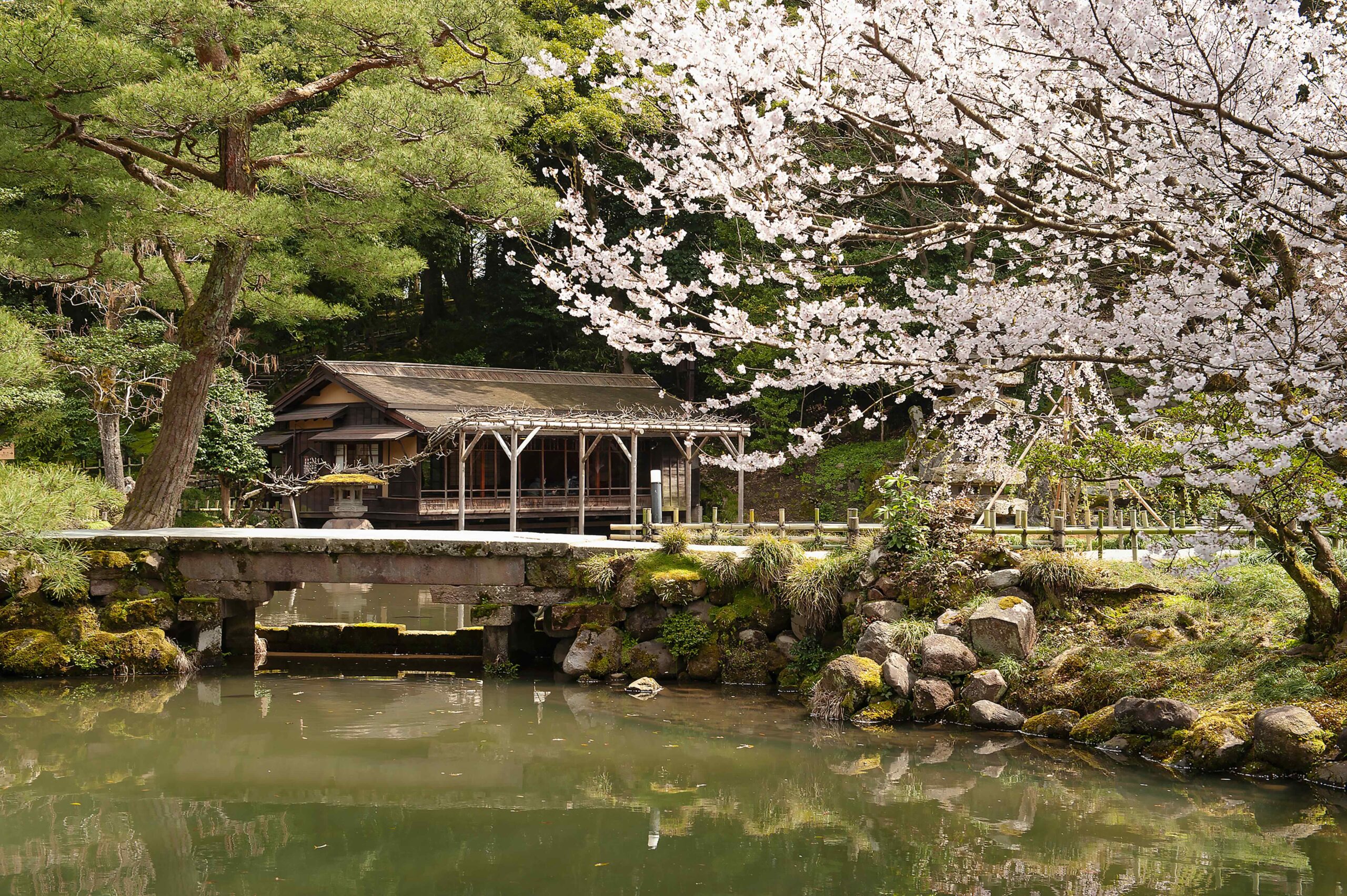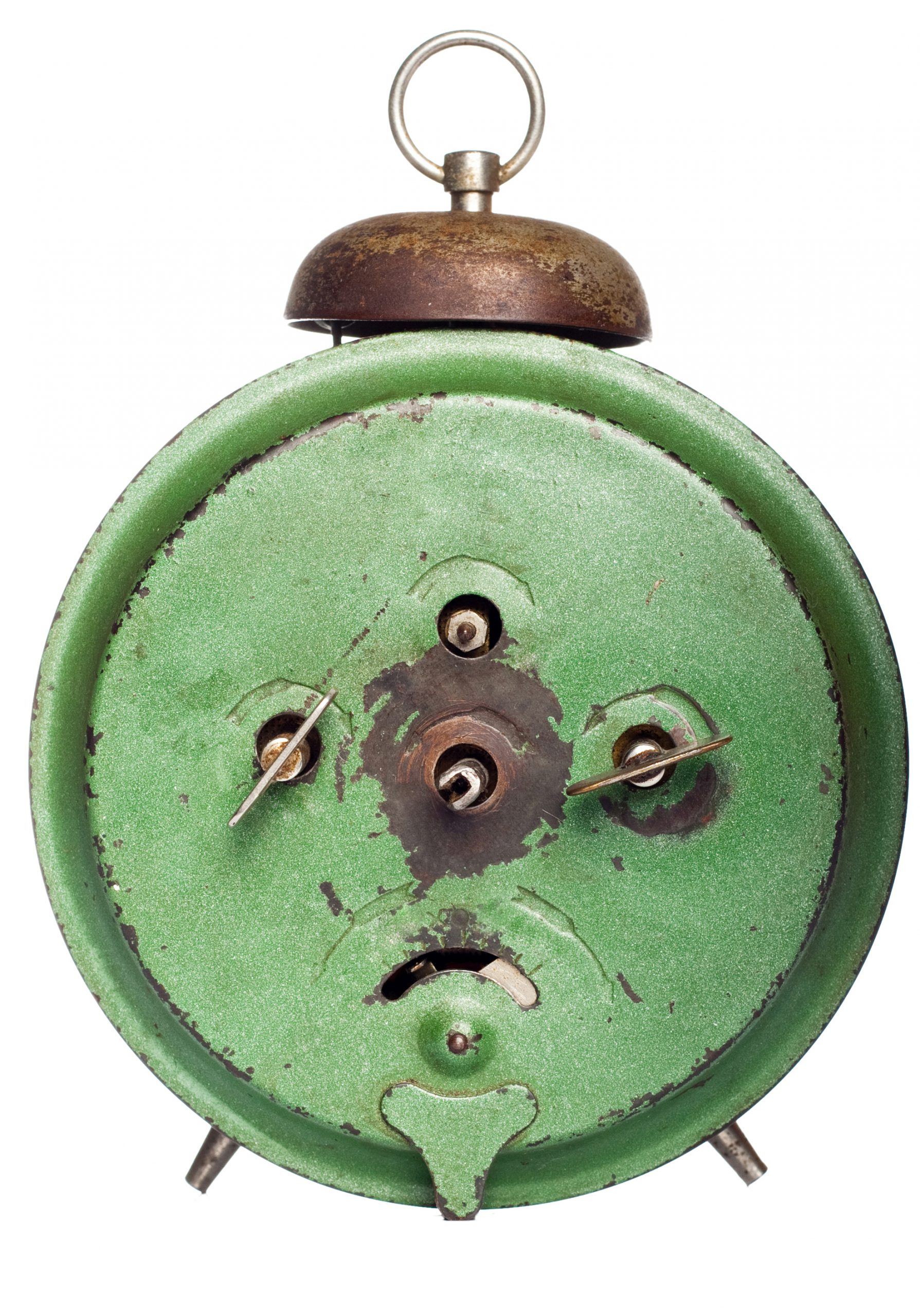The blacksmith is the original metalworker, who at the birth of civilisation made everything from the first iron implements and weapons. Good blogger and blacksmith-to-be Nate Savill looks back at this ancient and iconic trade.
Looking for a fresh start, Nate Savill moved to the West Coast town of Westport and set himself the challenge of learning the ancient craft of blacksmithing. Here’s Nate’s second blog on what he finds …
 I’ve been hitching up and down the coast for the past few weeks, which often entitles presenting a verbal CV to the driver about my past, present and future activities. On hearing that I’m participating in a blacksmithing course, the conversation usually switches to questions about horses and their shoes.
I’ve been hitching up and down the coast for the past few weeks, which often entitles presenting a verbal CV to the driver about my past, present and future activities. On hearing that I’m participating in a blacksmithing course, the conversation usually switches to questions about horses and their shoes.
So I thought I’d start this week’s blog by explaining a little bit about the blacksmith. At some point in the not too distant past the blacksmith parted ways with horses and their shoes, leaving that job to the farrier. To confuse the two is often an insult.
The blacksmith is the original metalworker, who since the birth of civilisation made everything from the first iron implements and weapons, to the mechanized machinery of the industrial revolution. And yes, they did make wrought iron gates! With the simple tools of fire, hammer and anvil, blacksmiths eventually invented and manufactured the machinery that would make their craft obsolete. Their occupation has since been largely replaced by engineering shops and factories that churn out mass-produced steel products with ease.
“The blacksmith must rouse all sleeping customers before placing iron in the fire. This is to guard against injuries by sparks. Those who fall asleep again will receive no compensation for injuries”
—Old Irish law
In Greek mythology, Hephaestus was the blacksmith of the gods who gifted metalworking to early man. Blacksmithing was also a sacred trade within early Christian traditions—the blacksmith is the traditional adversary of the Devil (he’s jealous of the fire) and the trade has no less than four patron saints. Subsequently the blacksmith’s mastery over metal was regarded as a supernatural; a mystical power which was believed to live in their work. Blacksmiths commanded the respect of Kings, but also worked for the poor—they could be sought for advice, the pulling of teeth, the removal of arrows and the curing of warts.
 It is from the smith that we gain the expressions ‘rule of thumb’, ‘strike while the iron is hot’ and ‘to go at it hammer and tongs’.
It is from the smith that we gain the expressions ‘rule of thumb’, ‘strike while the iron is hot’ and ‘to go at it hammer and tongs’.
My Granddad tells me that when he was growing up every town had at least one blacksmith and farmers would gather for hours at the forge, waiting for tools and machinery to be repaired.
The Westport Forge, or ‘smithy’, where I go each day is down an alley behind the main street. It’s housed in a large building that was once a stables and a wheelwright’s shop. Greeny, my tutor, reckons that Westport had at least 20 forges servicing everything from ships and trains to the coal mines in the surrounding area. The three forges (Doris, Noelene and The Orange Roughy) are at least 130 years old and the anvils not much younger. Tools for holding, cutting and shaping steels hang on racks against the walls, everything smells of coal and smoke, and a layer of black soot coats everything.
Blacksmith lore: Three things that are best in the world:
the hand of a good carpenter,
the hand of a skilled woman,
the hand of a good smith
—Old Irish proverb
It is a place of alchemy, where scrap metal becomes useful things like tools, knives, fire pokers, fire grates, gates and unidentifiable pieces of art. To enter the building is to step back into time, to take on a slower pace where patience is of more value than perfection and life is integral to the work. Everyday we reenact the rituals practiced by blacksmiths for centuries; forges lit with coal, water troughs filled, hammers and tools selected. Our forges might have electric blowers to raise the fire to the required thousand degrees, but the techniques have not changed in centuries.
In some ways I feel like I’ve entered a secret society, the inner circle of a dying art, a place where the lore and secrets of the smith are kept alive. It’s this living history which finds itself prodding my heart. It’s full of romantic notions that might be regarded as impractical in our world, but that’s why I like it, and that’s why I’m here.
Next time you pick up a hitchhiking blacksmith, don’t confuse them with a farrier; instead ask them to tell you a story.
This is Nate’s second instalment. You can read more from Nate here






